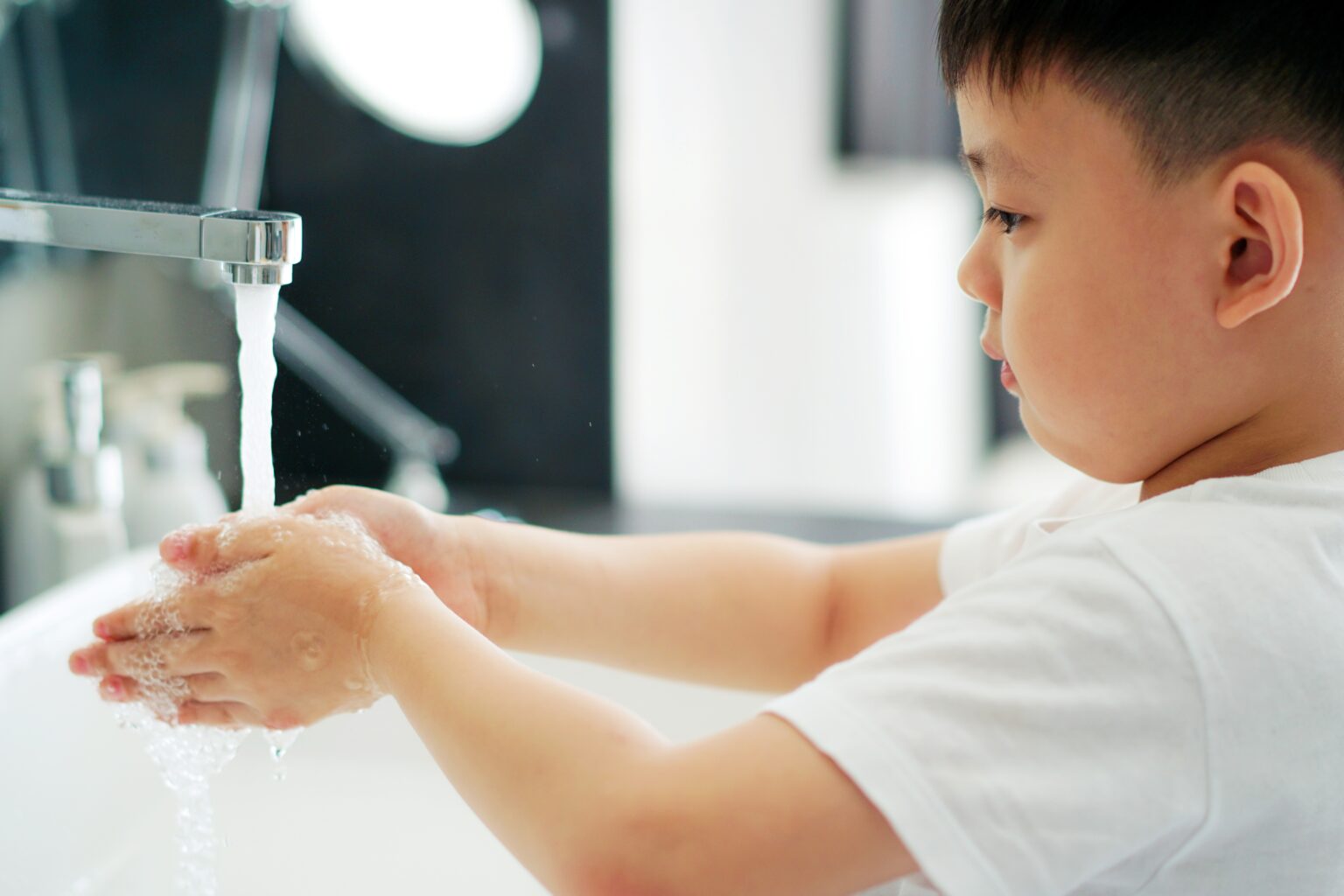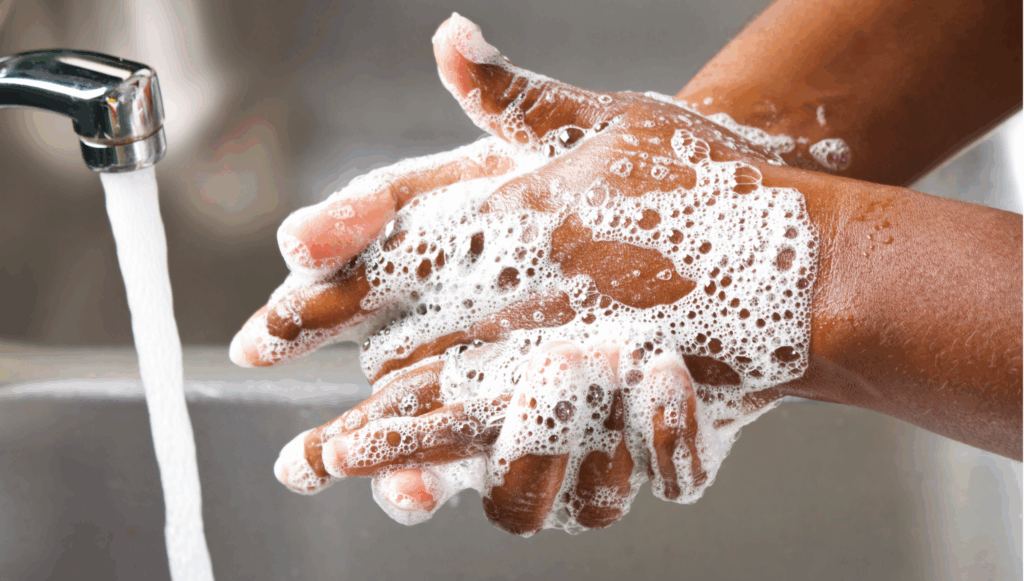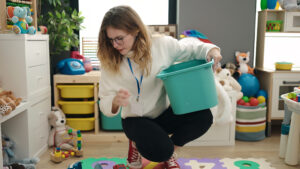Jump to...
Rigorous infection control measures
You, your staff and your families should be confident that your service has rigorous infection control measures in place such as:
- good basic hygiene practices such as regular hand-washing (adults and children)
- supervise young children to ensure they wash their hands for 20 seconds more often than usual with soap and water
- clean and disinfect regularly touched objects and surfaces more often than usual using your standard cleaning products
- waterproof dressing to cover on any existing wounds or lesions
- personal protective equipment (PPE) such as aprons and gloves are used as necessary
- clear procedures are in place for cleaning equipment and wider environment
- immediate cleaning of spillages of blood and other bodily fluids
- clear procedures on safe disposal of waste
- infection control guidance and management procedures in place which are clearly understood and adhered to by staff
- any items that come into contact with mouths such as cups, bottles and straws should not be shared.
Handwashing
The UK Health Security Agency (UKHSA) advises that hand hygiene is one of the most important ways of controlling the spread of infections, especially those that cause diarrhoea or vomiting and respiratory infections.
You should remind children to wash their hands:
- after outside breaks
- before meals and snack times
- after using the toilet
- when they arrive at your setting
- at the end of the day before they go home.
If you don’t have access to soap and water, an alcohol-based hand sanitizer can be used instead. Look for products with minimum 60% alcohol. It is important that everyone avoids touching their eyes, nose and mouth with unwashed hands.
Ventilation
Good ventilation can help reduce the risk of spreading air-borne viruses, so a focus on improving general air flow, preferably through fresh air or effective mechanical systems, can help to create a safer environment for staff and children.
It is important to ensure your setting is well ventilated and that a comfortable environment is maintained.
You should identify any poorly ventilated spaces as part of your risk assessment and take steps to improve fresh air flow in these areas, giving particular consideration when holding events where visitors such as parents and carers are on site; for example, for a show or play.
Where it is safe to do so, opening external windows can improve natural ventilation and, in addition, opening internal doors, can also assist with creating a throughput of air. If necessary, external opening doors may also be used (if they are not fire doors and where safe to do so).






